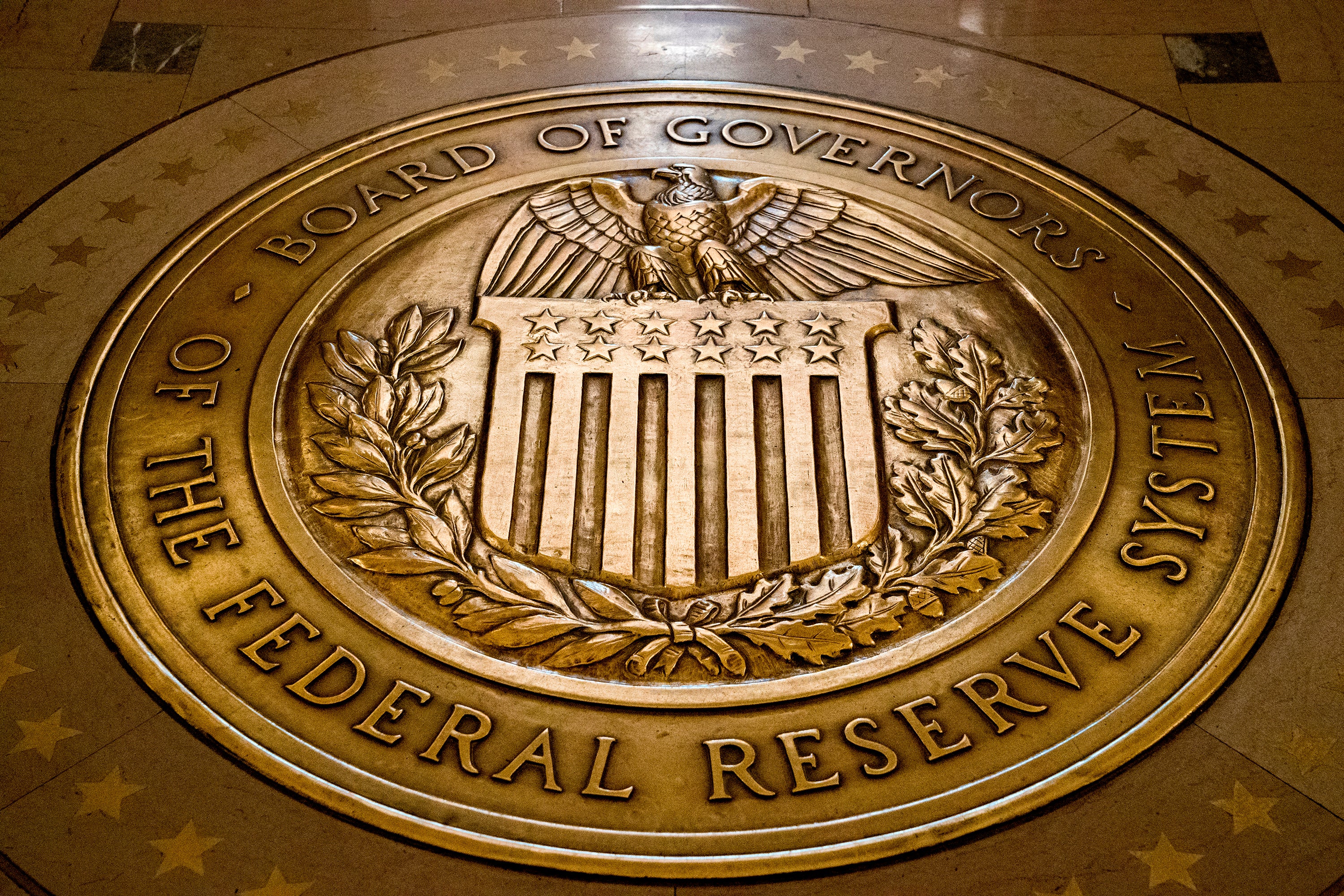The largest US banks would survive a severe recession, the Fed's 'stress tests' show
The nation’s 23 largest banks passed the Federal Reserve’s so-called stress tests this year, a sign that the nation’s banking system remains resilient despite the recent banking crisis that that led to the failure of three banks

Your support helps us to tell the story
From reproductive rights to climate change to Big Tech, The Independent is on the ground when the story is developing. Whether it's investigating the financials of Elon Musk's pro-Trump PAC or producing our latest documentary, 'The A Word', which shines a light on the American women fighting for reproductive rights, we know how important it is to parse out the facts from the messaging.
At such a critical moment in US history, we need reporters on the ground. Your donation allows us to keep sending journalists to speak to both sides of the story.
The Independent is trusted by Americans across the entire political spectrum. And unlike many other quality news outlets, we choose not to lock Americans out of our reporting and analysis with paywalls. We believe quality journalism should be available to everyone, paid for by those who can afford it.
Your support makes all the difference.The nation's 23 largest banks passed the Federal Reserve's so-called stress tests this year, a sign that the nation's banking system remains resilient despite the recent banking crisis that led to the failure of Silicon Valley Bank, Signature Bank and First Republic Bank.
The Fed's report issued Wednesday did show some relative weakness among the midsize banks and "super regional" banks, with some getting a passing grade with a smaller cushion than usual. Those results could raise eyebrows among investors and policymakers.
The “stress tests” have become an annual report card for the nation’s financial system since being implemented after the Great Recession and 2008 financial crisis. The tests vary from year to year, but generally involve the Fed testing to see how steep the losses in the banking industry would be if unemployment were to skyrocket and economic activity were to severely contract.
The Fed has also used current events to determine their scenarios. For example, the central bank has previously tested banks against the possibility of a double-dip recession caused by the coronavirus pandemic.
In the 2023 tests, the Fed hypothesized a scenario where there was a severe global recession that caused a 40% decline in commercial real estate prices and a substantial increase in office vacancies, as well as a 38% decline in home prices. Under the Fed’s worst scenario, the unemployment rate would rise to 10% — it's currently 3.7%.
In this scenario, the 23 largest banks would have collective losses of $541 million and their capital ratios would fall from 12.4% to 10.1%. That's comparable to previous years, the Fed said.
The Fed further tested the balance sheets of banks with large trading books to see if they could withstand a market shock caused by a surge of inflation and rising interest rates. The results showed that these banks would be able to withstand such a shock.
The banks that had the lowest capital ratios under these tests were the midsize banks, such as M&T Bank and Citizens Bank, and super regionals, or banks with a national presence and over $500 billion in assets, such as US Bancorp and Truist, While investors have not been worried about these banks as much as their smaller peers, it does show how banks that are not considered “too big to fail” are struggling under high interest rates and inflation.
The 23 banks tested this year was down from 34 banks in 2022, as the Fed decided in 2019 to allow banks with between $100 billion and $250 billion in assets to be tested every other year.